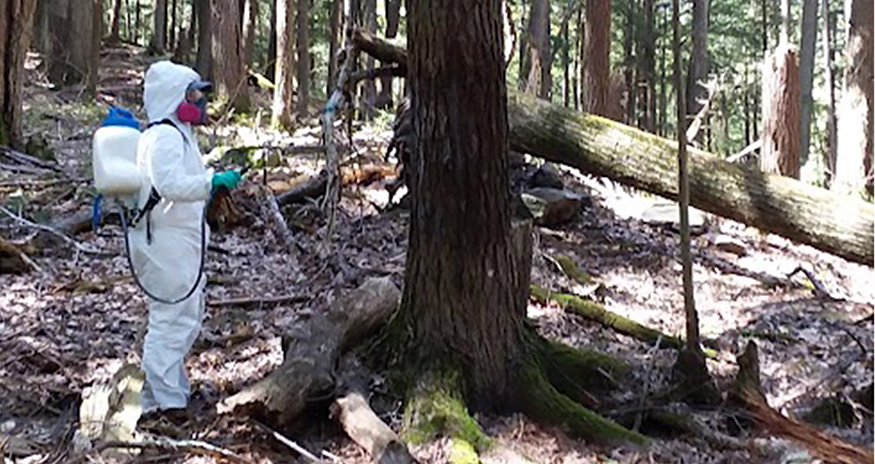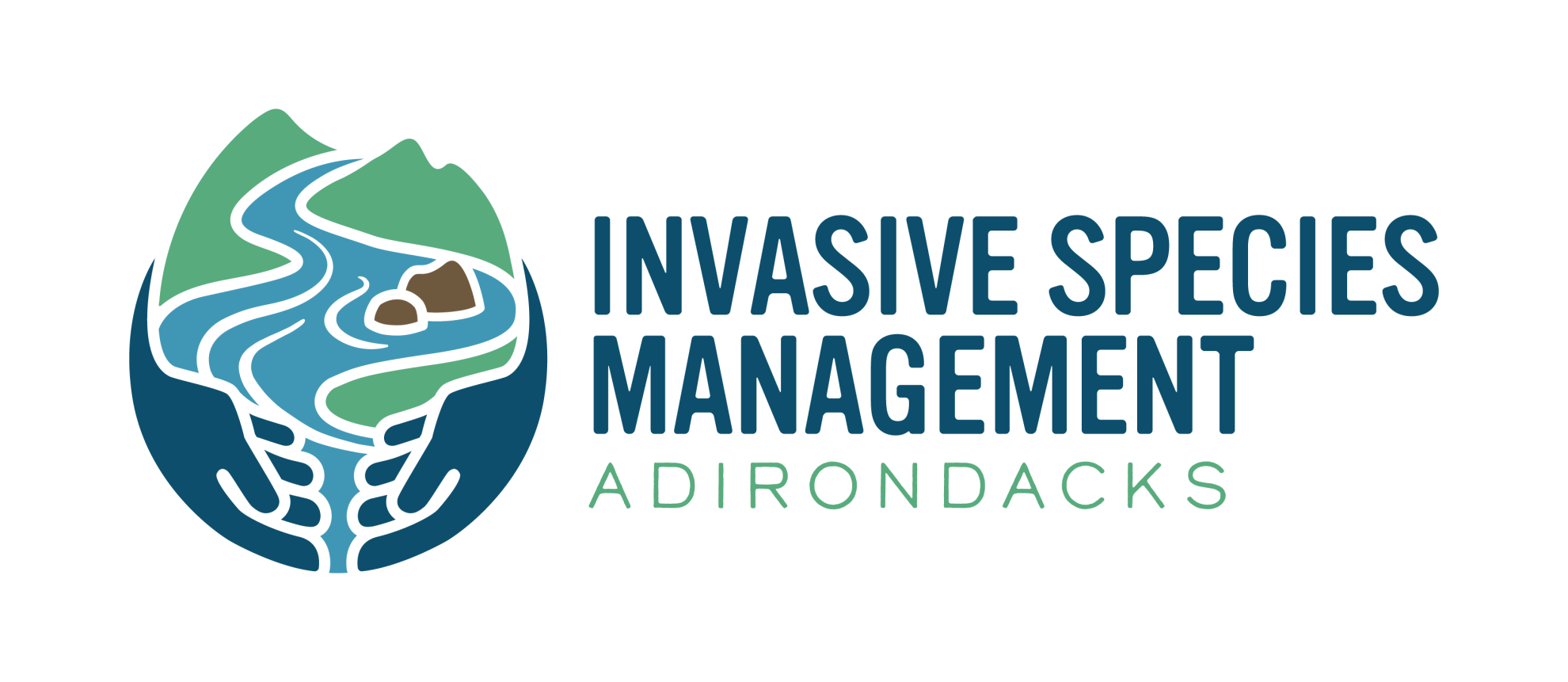Effort to protect Lake George hemlocks continues

Effort to protect Lake George hemlocks continues
LAKE GEORGE—The Adirondack Park Invasive Plant Program (APIPP), a program of The Nature Conservancy, has wrapped up its 2023 hemlock woolly adelgid treatments on Lake George’s Dome Island.
John Apperson donated Dome Island to the Conservancy in 1956. It was one of the first land donations to the organization.
“John entrusted this island to The Nature Conservancy, and we are honored to carry out his wishes by being a responsible steward of this Lake George landmark,” said Peg Olsen, Adirondack Director of The Nature Conservancy in New York.
The majority of the trees on Dome Island are eastern hemlock. Hemlock woolly adelgid, or HWA, was discovered on the island in 2020. HWA is an invasive insect that kills eastern hemlocks if left unaddressed.
“We realized in 2020 that being a good steward of Dome Island would mean taking action to control HWA to protect the island’s trees and to control the spread of this invasive pest to other areas within the watershed,” said APIPP Director Tammara Van Ryn.
While hemlock mortality from HWA is a slow process, with some trees being able to survive with HWA for upwards of 10 years, two generations of adelgids hatch annually resulting in the swift spread of this forest pest.
The state Department of Environmental Conservation (DEC) protects state lands in and around Lake George, including many islands on the lake, and has an active HWA treatment program. Hemlock trees treated with a targeted pesticide are protected from feeding adelgids for five to seven years.
The pesticide can be sprayed by trained applicators directly on the lower truck of the tree, which allows the tree to absorb it quickly. The pesticide is injected into trees close to the shoreline. Both application methods ensure that the pesticide is entering the trees, where it's most effective, and not the surrounding environment.
To protect the environment, only a limited number of trees per acre can be treated each year. On Dome Island, APIPP has treated about 430 trees annually, providing protection to more than 1,700 trees since 2020.
“DEC is committed to working with the Adirondack Park Invasive Plant Program and other valued partners in hemlock conservation efforts to help protect Lake George’s critically important ecosystem,” said Jason Denham, state Department of Environmental Conservation forester. “The management of hemlock woolly adelgid on Dome Island is helping conserve hemlocks in the area and limit the spread of this invasive forest pest.”
Dome Island is also used as an important research site by the Conservancy and partner organizations including New York State Hemlock Initiative (NYSHI), which has conducted genetic studies of HWA using samples collected from the island, and researchers with Skidmore College, who are assessing the island’s soil health. These studies build on a half-century of data collection on the island.
HWA treatments on Dome Island will wrap up in 2024 and APIPP and the Lake George Land Conservancy will continue monitoring the trees to assess the effectiveness of the treatments. Monitoring will help inform future treatment of hemlocks on the island.
“We are fortunate to have strong support from the Lake George Land Conservancy, who partnered with us in 2020 on a rapid response plan at the first discovery of HWA on Dome Island and have continued to support our efforts,” Olsen said.
In addition to treating the trees on Dome Island, APIPP is also assisting DEC and Lake George partners with monitoring and treatment of hemlock trees throughout the Lake George basin. APIPP has helped NYSHI with the strategic release of HWA biological controls—beneficial insects that can help reduce adelgid populations.
“Hemlock trees in the Adirondacks stand a fighting chance with a combination of chemical and biological controls,” said Van Ryn. “With the strong partnerships already in place in the Lake George region, hemlocks can continue to feed and shelter wildlife, provide wood products and protect water quality for years to come.”
You can help with the effort to protect hemlock trees in the Adirondacks by volunteering for APIPP’s Forest Pest Hunter program. Learn more at www.adkinvasives.com.
###
APIPP’s mission is to work in partnership to minimize the impact of invasive species on the Adirondack region’s communities, lands, and waters.
The Adirondack Park Invasive Plant Program (APIPP) serves as the Adirondack Partnership for Regional Invasive Species Management (PRISM), one of eight partnerships across New York. APIPP is hosted by The Adirondack Chapter of The Nature Conservancy and receives financial support from the Environmental Protection Fund administered by New York State Department of Environmental Conservation.

